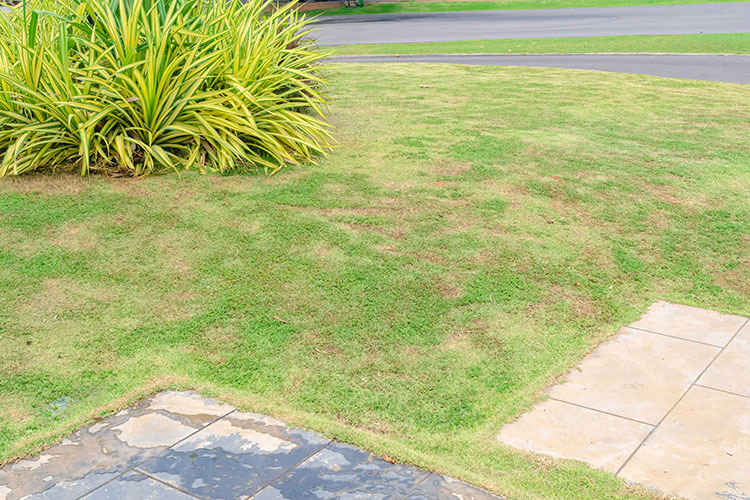
Maintaining a lush and healthy turf in a Seattle putting green can be challenging, especially when faced with the threat of turf diseases. These diseases can quickly wreak havoc on natural grass, causing discoloration, thinning, and even death. However, there is a solution that eliminates the risk of turf diseases: artificial grass.
Here are eight devastating turf diseases that don’t affect an artificial Seattle putting green.
1. Brown Patch
Brown Patch, caused by the fungus Rhizoctonia, can rapidly turn your natural grass putting green into a patchy mess. This disease thrives in warm and humid conditions, which are common in Seattle.
However, with an artificial putting green, you can say goodbye to the worry of brown patches and enjoy a consistently green and uniform surface.
2. Dollar Spot
Dollar Spot is another fungal disease that affects natural grass, especially in cool and damp environments. It appears as small, silver-dollar-sized spots on the turf, leading to significant thinning and discoloration.
With an artificial putting green, not only do you eliminate the risk of Dollar Spot, but you also save on the cost and hassle of applying fungicides.
3. Snow Mold
As the name suggests, Snow Mold is a disease that thrives in colder climates with snow cover. It causes circular patches of dead or discolored grass. Seattle’s chilly winters can make natural putting greens susceptible to this disease.
However, with artificial turf, you can enjoy a beautiful and resilient putting green all year round, regardless of the weather.
4. Fairy Rings
Fairy Rings are fungal diseases that present as rings or arcs of darker green or dead grass. These rings are caused by fungal activity in the soil and can be difficult to control with traditional turf management.
By installing an artificial putting green, you can steer clear of these unsightly and troublesome rings, ensuring a consistently flawless playing surface.
5. Pythium Blight
Pythium Blight, also known as cottony blight, is a fast-spreading disease that affects natural grass in hot and humid conditions. It causes slimy, water-soaked patches that quickly expand and devour the turf.
Luckily, artificial putting greens are resistant to Pythium Blight, ensuring a pristine and disease-free surface even during the hottest Seattle summers.
6. Red Thread
Red Thread is a fungal disease that appears as red or pink thread-like structures on the grass blades. It occurs in cool, moist climates, making it a potential threat to natural putting greens in Seattle.
By opting for an artificial putting green, you eliminate the risk of Red Thread and enjoy a consistently vibrant and healthy surface.
7. Rust
Rust is a common disease that affects various grass species, including those found on putting greens. It manifests as rusty-colored spots or pustules on the grass blades, giving the turf a lackluster appearance.
Unlike natural grass, artificial putting greens are immune to Rust, ensuring a picture-perfect green for your enjoyment.
8. Brown Ring Patch
Brown Ring Patch is a challenging turf disease that causes circular patches of dead grass with a distinctive brown ring surrounding them. This disease often appears in late winter or early spring when soil temperatures are cool.
By investing in an artificial putting green, you can eliminate the threat of Brown Ring Patch and maintain a flawless and resilient playing surface year-round.
Keep Your Putting Green in Great Shape
Say goodbye to the stresses of turf diseases and embrace the beauty and durability of artificial grass for your Seattle putting green. Upgrade your game and enjoy worry-free golfing all year round!
